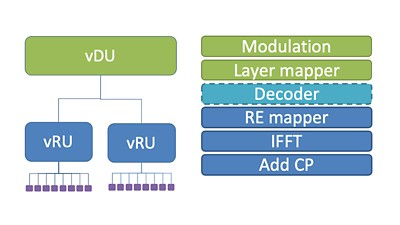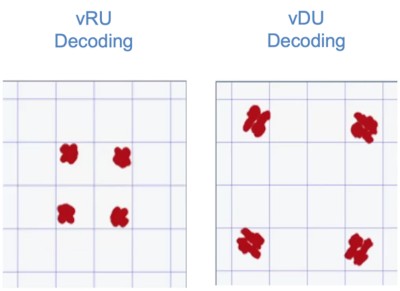ni.com is currently experiencing issues.
Support teams are actively working on the resolution.
ni.com is currently experiencing issues.
Support teams are actively working on the resolution.
Professor Vijay K. Shah, Assistant Professor with Cybersecurity Engineering Department, NextG Wireless Lab, George Mason University

Artificial Intelligence (AI) has shown excellent promise, but comprehensive testing of its performance is challenging.
We built an NI software-defined radio (SDR) testbed featuring an open-source 5G cellular system that interacts with the near-real-time RAN intelligent controller (near-RT RIC) of the O-RAN architecture through standard interfaces, termed as, Open AI Cellular (OAIC) platform.
Open Radio Access Network (O-RAN) is an emerging, transformative cellular RAN architecture for 5G and future 6G networks; thanks to the adoption of openness, virtualization and standardized interfaces. Artificial Intelligence (AI) stand as promising tools to intelligently deploy, operate, and manage the networks. While AI has shown excellent promise, comprehensive testing of its performance is cumbersome and in many cases, non-existent.
We built an NI software-defined radio (SDR) testbed featuring an open-source 5G cellular system that interacts with the near-real-time RAN intelligent controller (near-RT RIC) of the O-RAN architecture through standard interfaces, termed as, Open AI Cellular (OAIC) platform. OAIC serves as a foundational platform for prototyping and testing AI-based RAN controllers enabling 6G cellular networks.
Figure 1: OAIC testbed platform at George Mason University. It provides a 5G O-RAN system with one BS and five UEs (One SDR-based UE, and four COTS UEs.)
As example use cases, we have integrated publicly available two RAN controllers, termed, xApps in near-RT RIC, namely, KPIMON xApp and RAN Slicing xApp, in the OAIC platform. The OAIC code base, library, documentation and toolset are made publicly available for research, development and experimentation purposes by the larger wireless community. More information on OAIC can be found at www.openaicellular.org.
Figure 2: RAN Slicing xApp: UE bandwidth variation when associated with different slices. (The RAN Slicing xApp code base was originally developed by POWDER.)
Moving forward, our focus is on building AI-driven RAN controllers in the PHY and MAC layers (as xApps in near-RT RIC) on top of our OAIC platform. Furthermore, we will enhance OAIC platform with non-RT RIC and newly developed RT RIC capability. Finally, we will integrate the AI testing framework to evaluate the working of various AI-driven RAN controllers (and 5G O-RAN system as well).


Help us improve your future ni.com experience.
Did you find the documentation you were looking for?